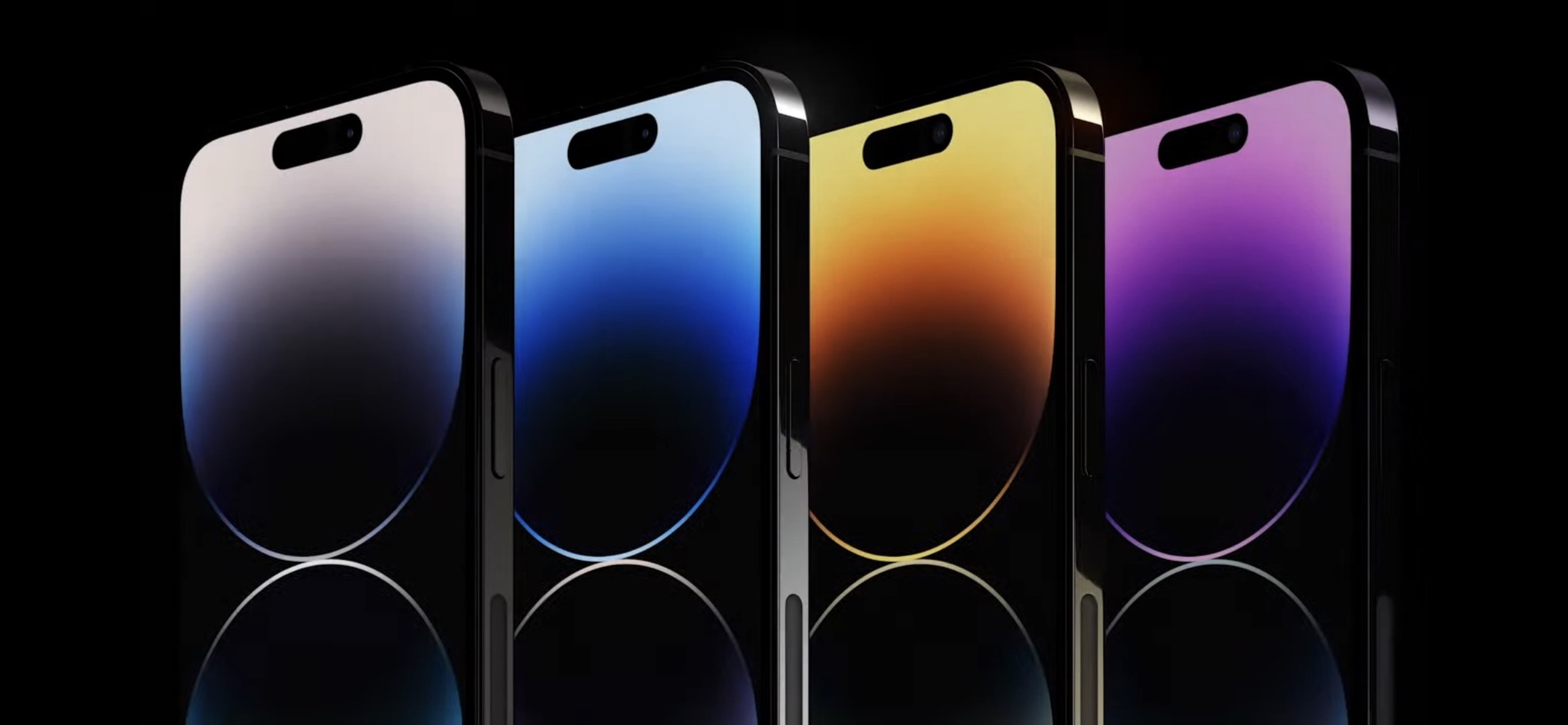Apple came up with a “significant evolution” for the Dynamic Island that’s part of the display in most iPhone models, according to a noted tipster. Rather than phasing out the dynamic interface, rumors indicate Apple will lean into the feature.
It’s something to look forward to in the iPhone 17 and beyond.
iPhone Dynamic Island rumors: Here to stay?
The Dynamic Island is an example of Apple making a virtue out of a necessity. The screen cutout dubbed “the notch” appeared with the iPhone X. Then the iPhone 14 Pro models converted the screen notch into an oblong punch hole. Apple called it the Dynamic Island because the space expands and can deliver notifications. Even without expanding, it shows timers, music, sports scores and more.
So, rather than a detriment or eyesore, the screen cutout became a helpful part of the iOS user interface. And its role reportedly will expand.
In an interview with Applex4, the tipster who goes by Majin Bu said, “I can reveal that the Dynamic Island is set for a significant evolution in the coming years. Apple appears committed to making it more functional and integrated, turning it into a key element of the user experience. This development could mark a step forward in device interaction.”
Unfortunately, Majin Bu has no specific details — at least none he is willing to share now. But “in the coming years” would seem to indicate that a dramatic shift isn’t coming to the feature in the iPhone 17 series this autumn.
More than a way to cover the screen cutout
It’ll be somewhat surprising if Cupertino intends to build on the functionality of the Dynamic Island because the company is reportedly working hard to remove the original need for it. Remember that it’s not an aesthetic choice. The screen cutout is required because the iPhone’s selfie camera and Face ID scanners can’t work through a portion of the OLED screen that also shows the normal user interface.
But that’s changing — the tech needed to eliminate the cutout is reportedly being phased in over the next five years. The area needed will gradually shrink before disappearing in 2030, if the rumored timeline holds.
What happens to the Dynamic Island at that point remains a secret known only to Apple. It won’t be a physical requirement anymore, but if it’ll become “a key element of the user experience” as Majin Bu predicts, maybe some remnant will remain.
Or perhaps when Apple unveils iOS 31 in 2030, it’ll bring a significant revamp to the operating system, sweeping the Dynamic Island onto the dustheap of history.


